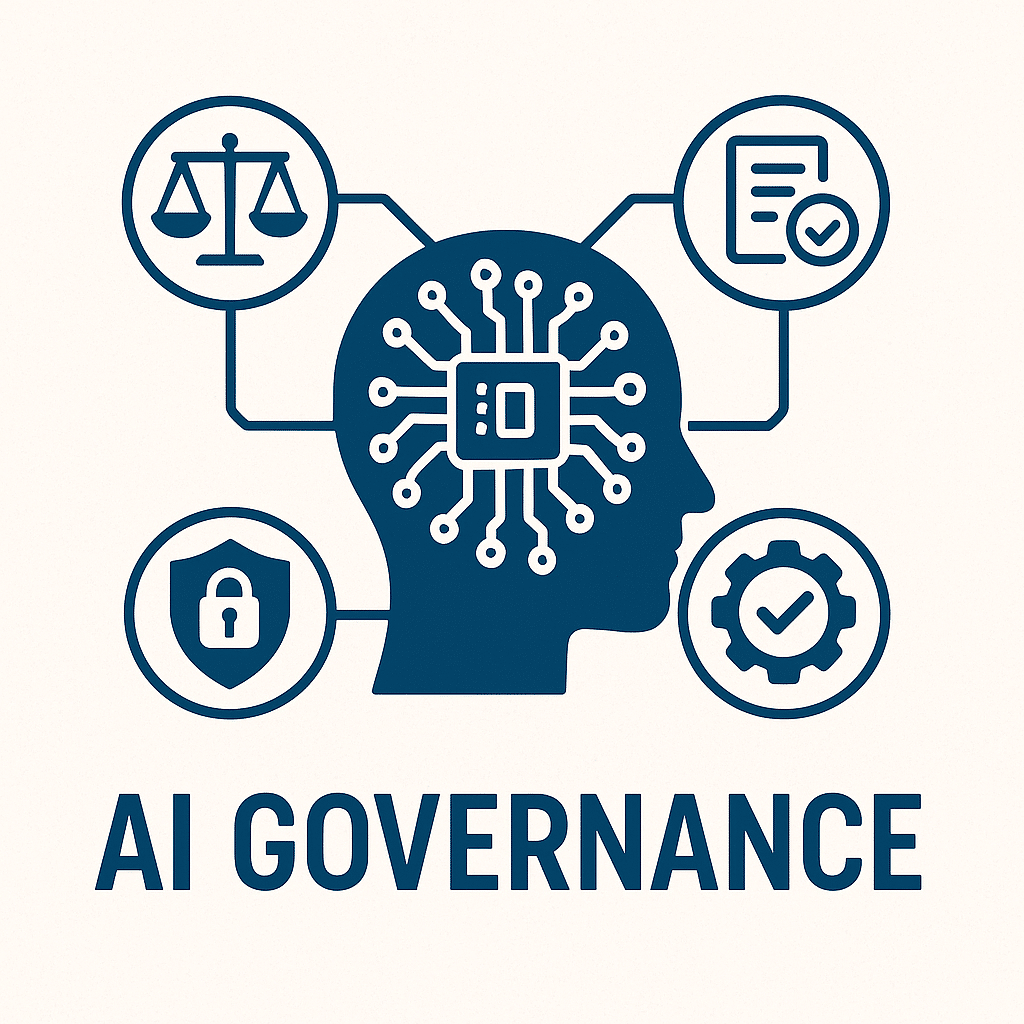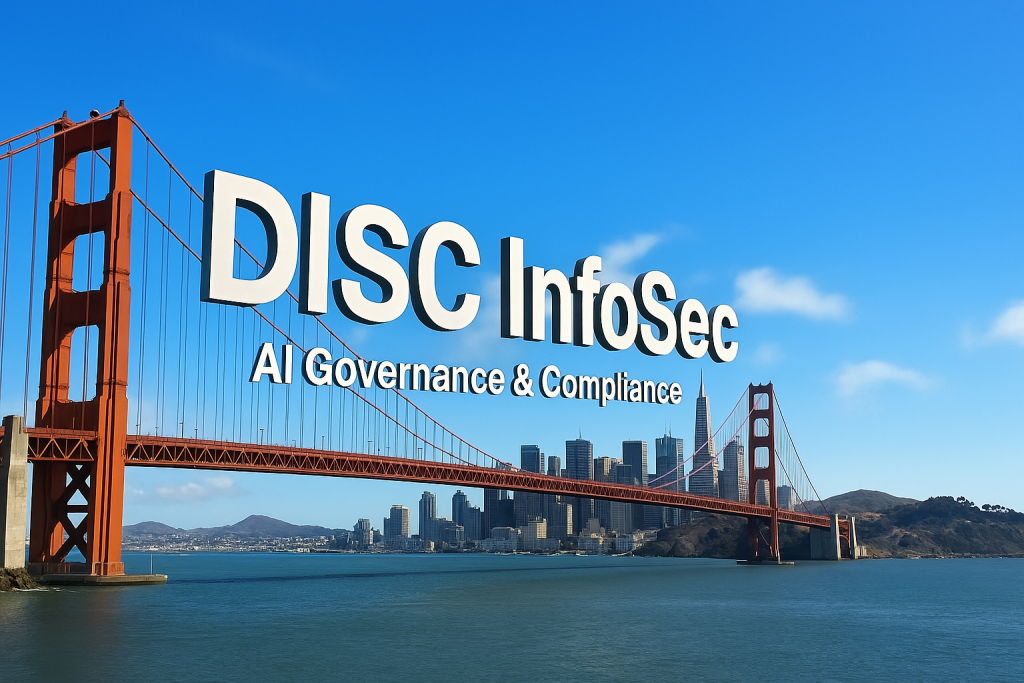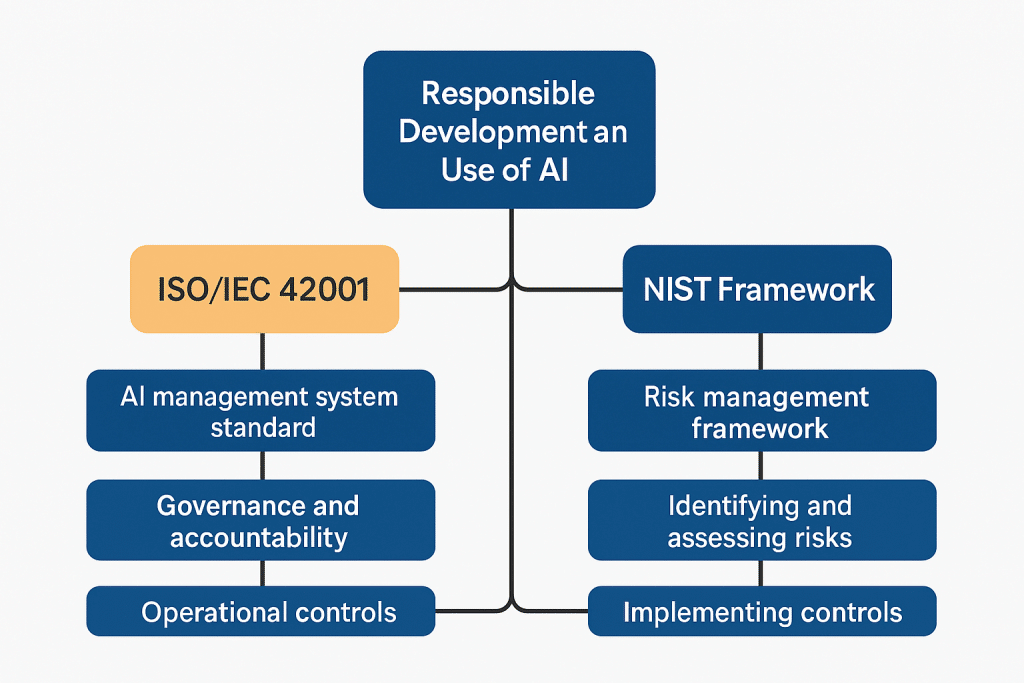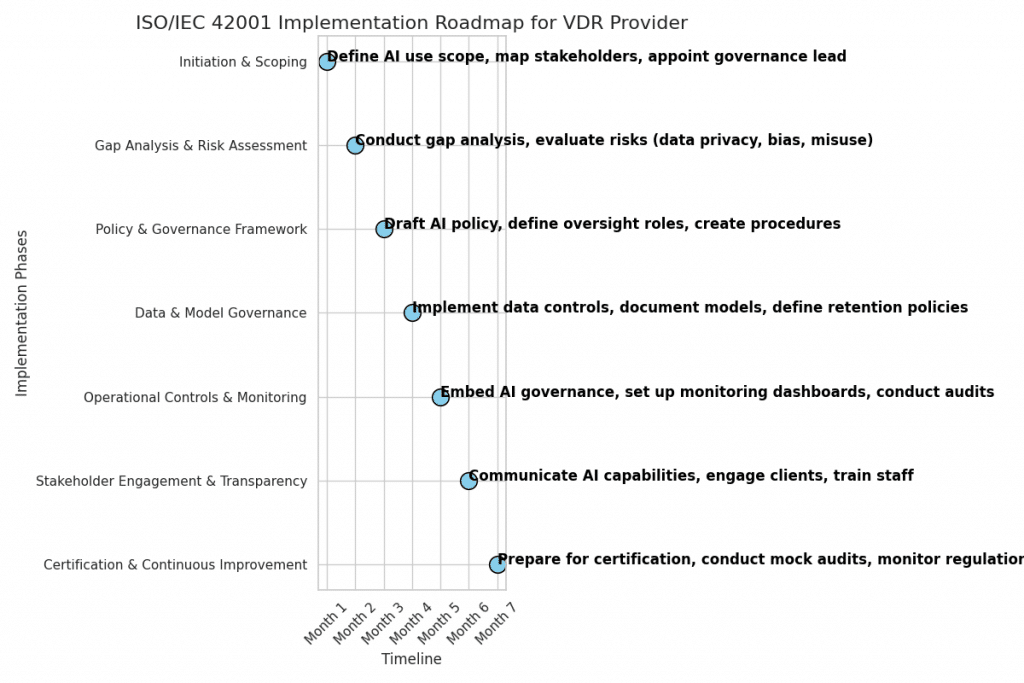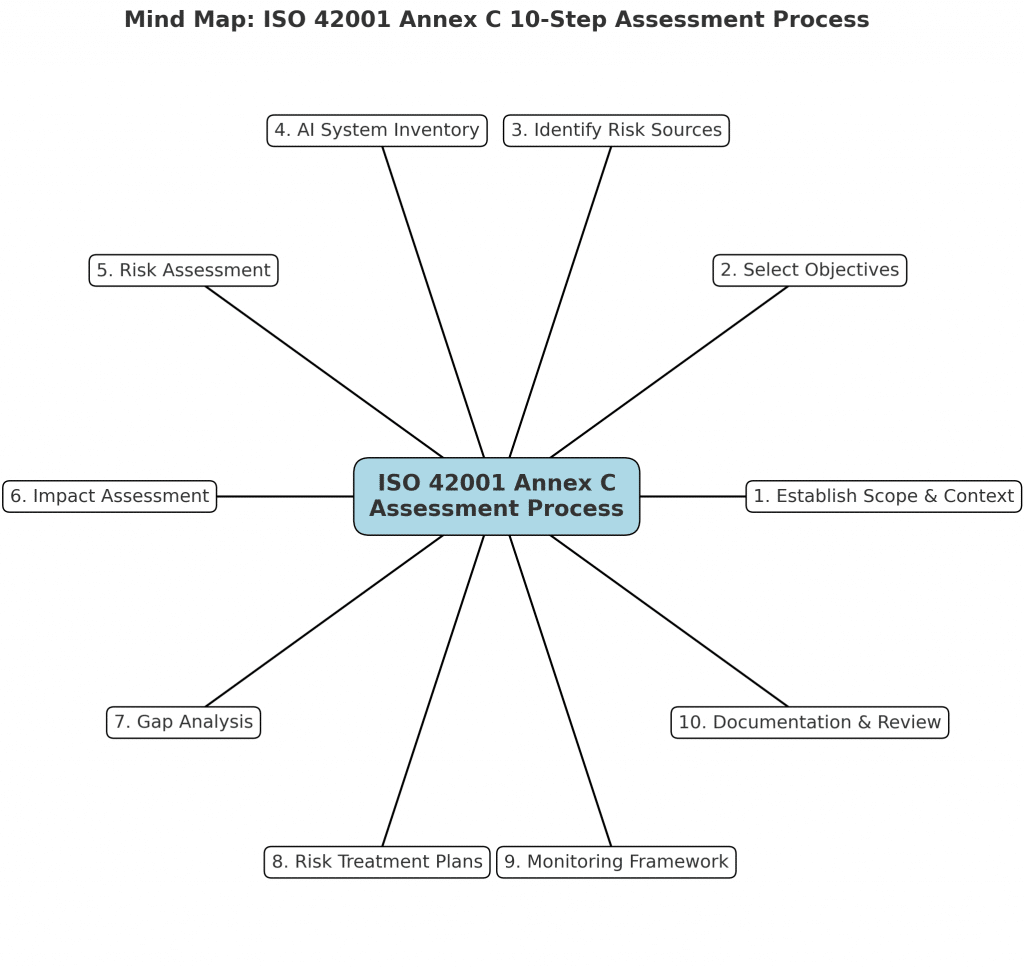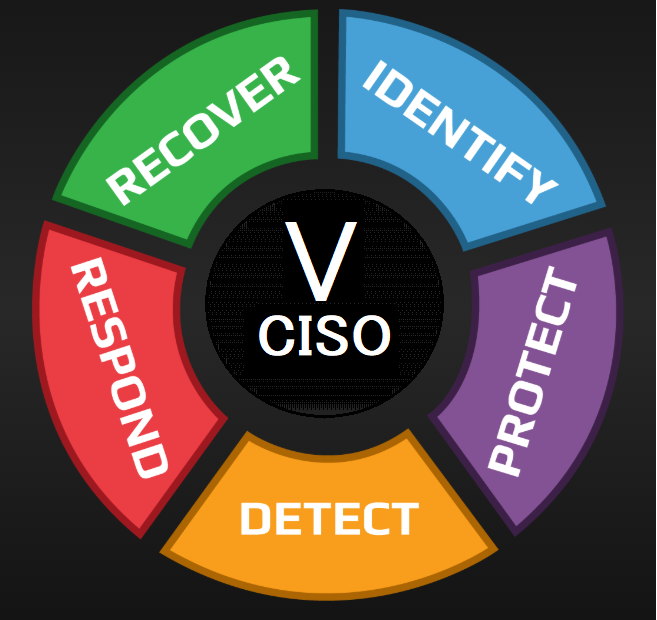Featured Read: “Securing the AI Frontier: Urgent Ethical and Regulatory Imperatives for AI-Driven Cybersecurity“
- Overview: This academic paper examines the growing ethical and regulatory challenges brought on by AI’s integration with cybersecurity. It traces the evolution of AI regulation, highlights pressing concerns—like bias, transparency, accountability, and data privacy—and emphasizes the tension between innovation and risk mitigation.
- Key Insights:
- AI systems raise unique privacy/security issues due to their opacity and lack of human oversight.
- Current regulations are fragmented—varying by sector—with no unified global approach.
- Bridging the regulatory gap requires improved AI literacy, public engagement, and cooperative policymaking to shape responsible frameworks.
- Source: Authored by Vikram Kulothungan, published in January 2025, this paper cogently calls for a globally harmonized regulatory strategy and multi-stakeholder collaboration to ensure AI’s secure deployment.
Why This Post Stands Out
- Comprehensive: Tackles both cybersecurity and privacy within the AI context—not just one or the other.
- Forward-Looking: Addresses systemic concerns, laying the groundwork for future regulation rather than retrofitting rules around current technology.
- Action-Oriented: Frames AI regulation as a collaborative challenge involving policymakers, technologists, and civil society.
Additional Noteworthy Commentary on AI Regulation
1. Anthropic CEO’s NYT Op-ed: A Call for Sensible Transparency
Anthropic CEO Dario Amodei criticized a proposed 10-year ban on state-level AI regulation as “too blunt.” He advocates a federal transparency standard requiring AI developers to disclose testing methods, risk mitigation, and pre-deployment safety measures.
2. California’s AI Policy Report: Guarding Against Irreversible Harms
A report commissioned by Governor Newsom warns of AI’s potential to facilitate biological and nuclear threats. It advocates “trust but verify” frameworks, increased transparency, whistleblower protections, and independent safety validation.
3. Mutually Assured Deregulation: The Risks of a Race Without Guardrails
Gilad Abiri argues that dismantling AI safety oversight in the name of competition is dangerous. Deregulation doesn’t give lasting advantages—it undermines long-term security, enabling proliferation of harmful AI capabilities like bioweapon creation or unstable AGI.
Broader Context & Insights
- Fragmented Landscape: U.S. lacks unified privacy or AI laws; even executive orders remain limited in scope.
- Data Risk: Many organizations suffer from unintended AI data exposure and poor governance despite having some policies in place.
- Regulatory Innovation: Texas passed a law focusing only on government AI use, signaling a partial step toward regulation—but private sector oversight remains limited.
- International Efforts: The Council of Europe’s AI Convention (2024) is a rare international treaty aligning AI development with human rights and democratic values.
- Research Proposals: Techniques like blockchain-enabled AI governance are being explored as transparency-heavy, cross-border compliance tools.
Opinion
AI’s pace of innovation is extraordinary—and so are its risks. We’re at a crossroads where lack of regulation isn’t a neutral stance—it accelerates inequity, privacy violations, and even public safety threats.
What’s needed:
- Layered Regulation: From sector-specific rules to overarching international frameworks; we need both precision and stability.
- Transparency Mandates: Companies must be held to explicit standards—model testing practices, bias mitigation, data usage, and safety protocols.
- Public Engagement & Literacy: AI literacy shouldn’t be limited to technologists. Citizens, policymakers, and enforcement institutions must be equipped to participate meaningfully.
- Safety as Innovation Avenue: Strong regulation doesn’t kill innovation—it guides it. Clear rules create reliable markets, investor confidence, and socially acceptable products.
The paper “Securing the AI Frontier” sets the right tone—urging collaboration, ethics, and systemic governance. Pair that with state-level transparency measures (like Newsom’s report) and critiques of over-deregulation (like Abiri’s essay), and we get a multi-faceted strategy toward responsible AI.

Anthropic CEO says proposed 10-year ban on state AI regulation ‘too blunt’ in NYT op-ed
California AI Policy Report Warns of ‘Irreversible Harms’
Responsible AI in the Age of Generative Models: Governance, Ethics and Risk Management
AI Governance: Applying AI Policy and Ethics through Principles and Assessments
AIMS and Data Governance – Managing data responsibly isn’t just good practice—it’s a legal and ethical imperative.
DISC InfoSec previous posts on AI category
InfoSec services | InfoSec books | Follow our blog | DISC llc is listed on The vCISO Directory | ISO 27k Chat bot | Comprehensive vCISO Services | ISMS Services | Security Risk Assessment Services | Mergers and Acquisition Security






